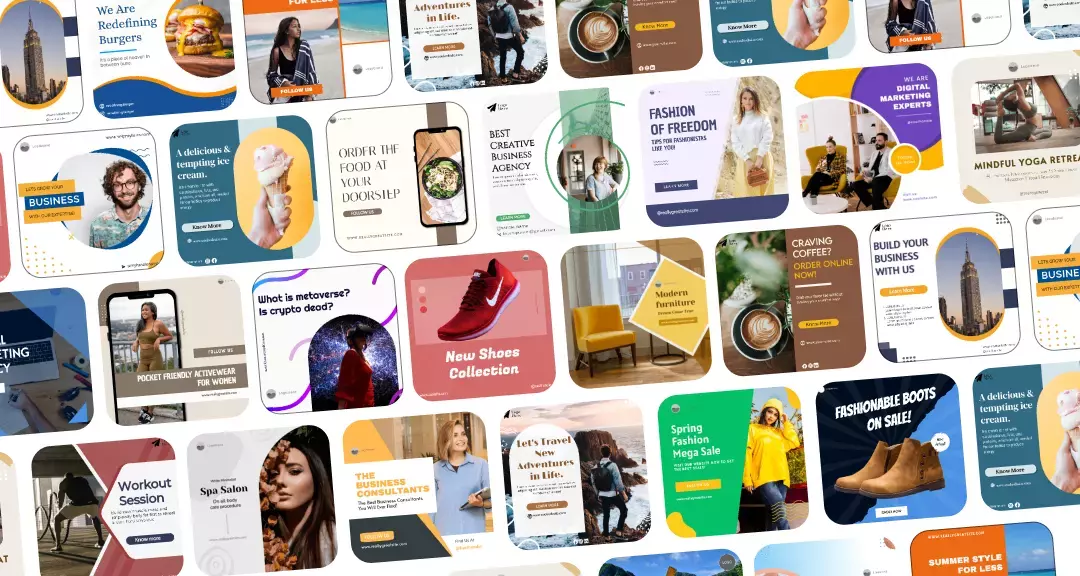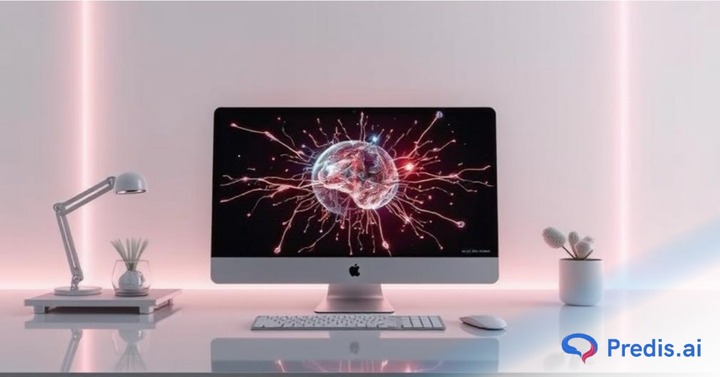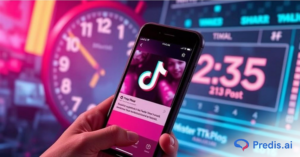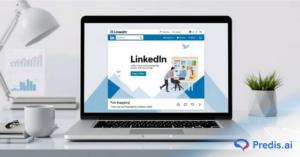You must already be aware that ChatGPT can assist you in making images. You might have even got your own image Ghiblified at one point – and we have to agree, it was so fun! But can OpenAI do more than that? Nope, we are just barely scratching the surface. So, in this guide, we will be delving deep into the what and how of GPT-4o image generation!
Why Use ChatGPT for image generation?
ChatGPT has had image generation capabilities ever since it was integrated with DALL-E, a diffusion system. However, it has now been replaced with GPT-4o image generation, which is an advanced multimodal model. This model, which has been trained on vast amounts of image and text data, can create hyper-realistic images.
OpenAI renders images in the same way that LLM generates text, which makes it possible to add coherent text on top of images, which is not something many image generation tools can do.
Some of their core functionalities and features that make it stand out include:
- You can create coherent text on top of images, which is very hard with many other generative tools
- It can understand complex prompts like artistic inputs, lighting, background, and multiple subjects
- Lets you make images in multiple aspect ratios such as vertical, square or wide screen
- Want to recreate an image in Ghibli style? You already know ChatGPT can get it done
- Understands a lot of image styles such as pixel art, 3D render, minimalist line art, and so on
- Inpainting and outpainting, which means you can widen an existing image or add details to an existing photo
- Prevents creation of harmful, inappropriate, and policy-violating content
- Helps in reiterative editing and remembers the context, which makes making changes to the image easy
Need I say more?

How To Access GPT-4o Image Generation?
Okay, enough praising the tool, and let us see how we can actually get ChatGPT to generate images for us. There are 2 ways in which you can access the GPT-4o image generation model. Let us check out how!
To start making an image, you can simply log into ChatGPT and provide the prompt for the image that you want it to create, and in a few minutes, it will create one for you. And it is as simple as that!
Note to keep in mind that I am using the free model of GPT 4o, to do this, so if I got this result, so can you!
What Are The Usage Limits?
Okay, since we are using the free trial method, let me tell you what the limitations are:
- You can generate only 3 images per day in the free plan
- In the Plus plan, which is $20/month, you can do 50 images every 3 hours
- In the pro plan, though, you get unlimited image generations
If you are just a curious experimenter, then the free trial is more than enough for you to dip your toes in. But if you are using it for content creation processes, then you need to purchase the Plus plan.
How To Write Prompts That Give Amazing Results?
Writing prompts are nothing less than an art, and when you write well-detailed ones, you get images that sweep you off your feet. Doesn’t mean simple prompts do not get the job done. Just that it might not paint an image that is exactly like what you imagined.
So, to ace your prompts, you can split them into 3 parts and write them out:
- Subject – the person, image, or object that you want to create
- Background – where is the image set? In a forest or a futuristic city?
- Style – How do you want the image to be depicted? 3D render style or cyberpunk?
- Additional details – add any additional information that you think can make the image better. This can be things like high-resolution, side-by-side panel layout, and so on
There is no single way to write a prompt. You can freestyle it whichever way you want and end up with a design that you imagined. The trick is to have fun and play around with prompting, so you know the type of prompts that can give you the results you want.
Use Cases For You To Try Out in GPT-4o Image Generation Model
Now that we have the theory part down, let us start playing around with their image generation model. If you don’t know where to start, here are some prompts that you can try out.
1. Adding Text to images
Generating coherent text in an AI image is still a hard thing with many AI-generative tools. But with ChatGPT, this is not the issue. To see how the tool creates images with words in them, we tried the following prompt:
“Create an image of a whimsical chocolate syrup bottle in the style of Studio Ghibli animation. The bottle should have a stylized label with the word ‘ChocoDream’ written on top. Render it with soft, hand-painted textures, warm golden lighting, and whimsical details typical of Ghibli films. The bottle should look charming, magical, and slightly larger-than-life, as though it belongs in an enchanting kitchen from a Ghibli world.”
And the results:
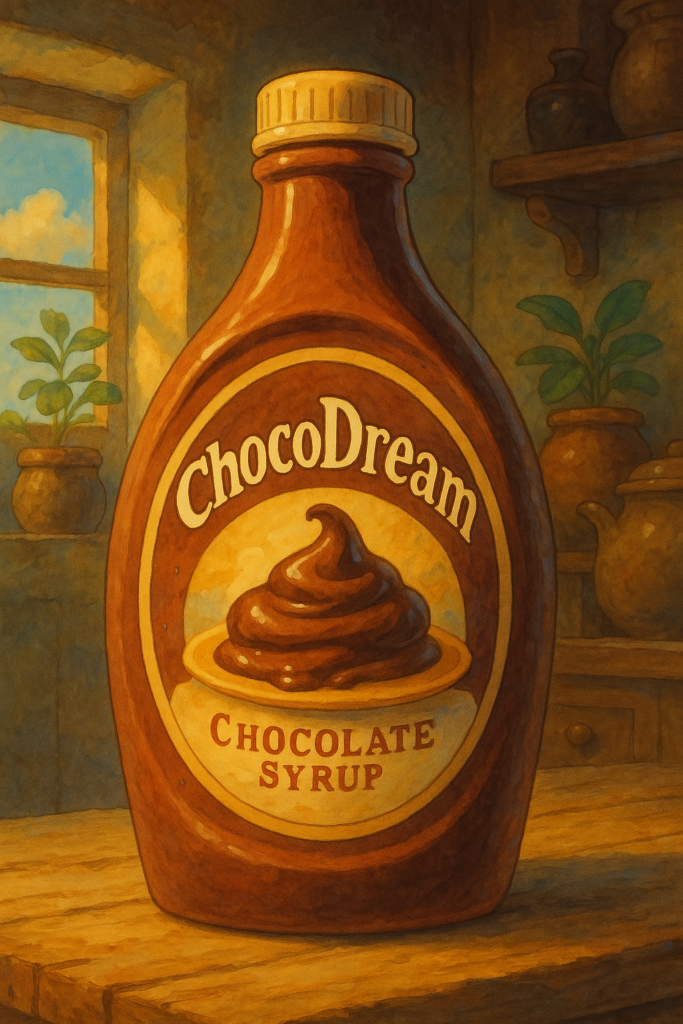
2. Mimic photography techniques
There are lots of types of images that you can create based on photography techniques alone, such as close-up shots, panoramic views, and so on. For example, you can say:
“Draw a close-up image of a rose with delicate dew drops on its petals. The background should be softly blurred, with the faint silhouette of a forest creating depth. The lighting should feel natural and gentle, highlighting the rose’s details while keeping the background atmospheric and slightly dreamy.”
And the result would be:
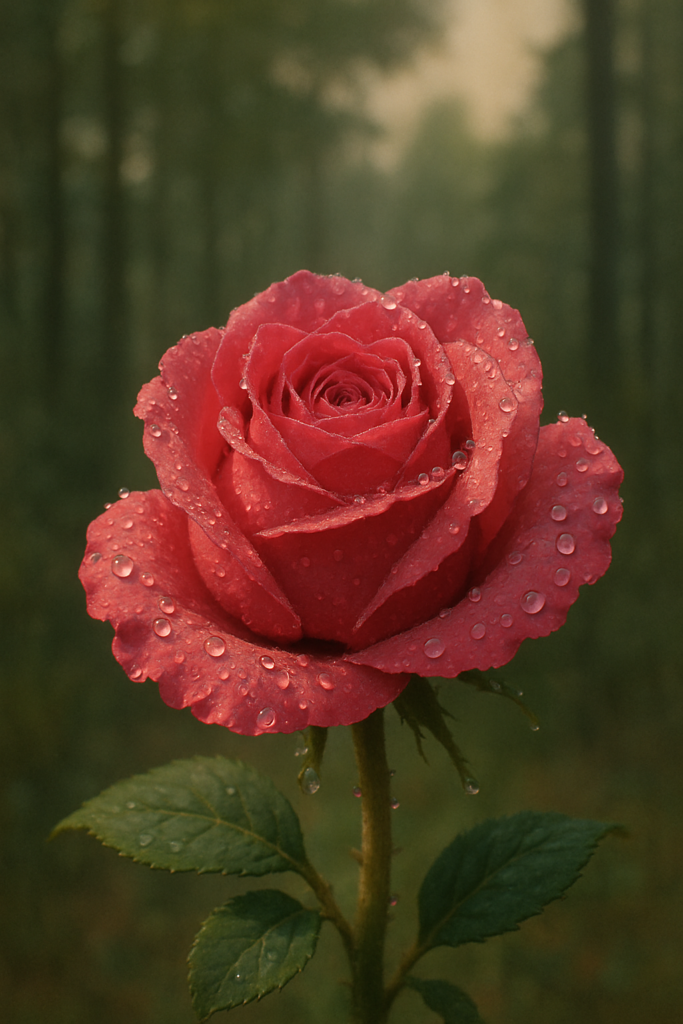
3. Making comics
We all love comics, but would you believe me if I said that with ChatGPT, you can create comic storyboards as well? And since it allows iterative editing and has a good memory, you can even create the hero in your own image! Cool is not a strong enough word for this.
But for now, we tried making a comic book panel with ChatGPT using this prompt:
“Create a comic book page divided into 4 panels, illustrated in a vibrant comic art style. Panel 1: A cheerful young girl enters a cozy, warmly lit bookstore with shelves full of books. Panel 2: She browses the shelves and finds a book that catches her eye, her face lighting up with curiosity. Panel 3: She hugs the book to her chest with joy, clearly loving it. Panel 4: She stands at the counter, smiling as she pays the cashier, with a sense of satisfaction and happiness. The art should be colorful, expressive, and full of charm, like a heartwarming slice-of-life comic.”
4. Trying different art styles
Want to know what a Renaissance-style painting would look like in a Cyberpunk art style? You can reimagine this easily with ChatGPT. And yes, when I found this out, my curiosity got the better of me, and here is the prompt that I used to create a spaceship in a cinematic art style:
“A high-resolution photograph of a majestic Art Deco-style rocket inspired by the scale and grandeur of the SpaceX Starship, standing on a realistic launch pad during golden hour. The rocket has monumental vertical lines, stepped geometric ridges like the American Radiator Building, and a mirror-polished metallic surface reflecting a vivid sunset sky. The rocket is photorealistic, awe-inspiring, and elegant, bathed in cinematic warm light with strong shadows and a vast landscape stretching to the horizon.”
Check out what it generated:
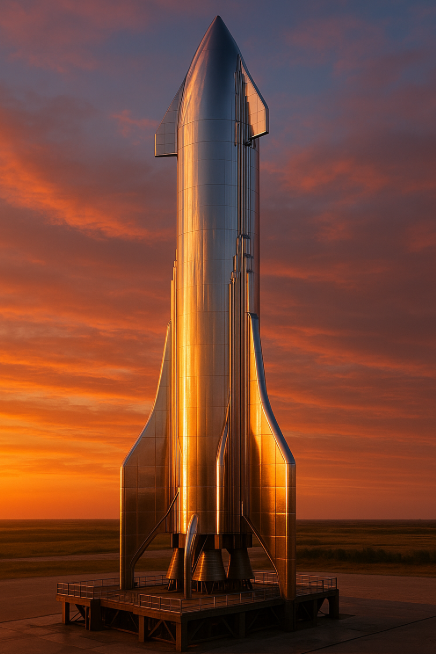
5. Designing and Prototyping
Now, this is something that many business owners would love to have. You do not require any design, Photoshop, or Figma experience because, with a prompt, you can create a UI prototype for your tool in a matter of seconds.
Let us check out how that works with this prompt:
“Design a clean and modern mobile app interface prototype for a health and wellness app. The screen should feature a calming color palette (light blues, greens, and neutrals) with a dashboard layout. Include key elements such as a daily step tracker, hydration reminder, mood check-in, and meditation timer. Use smooth rounded UI elements, minimalist icons, and user-friendly layout. Display the prototype on a smartphone screen in a realistic setting (e.g., held in hand or on a desk). Do not include any text or logos in the image.“
Best Practices to Keep in Mind When Creating Images with ChatGPT
Based on what I have tried and the results that I received, these are some tips that I found to be useful when using this feature:
- Be as detailed as possible – Include any information you can about the image, such as mood, lighting, style, and so on, to create an image that is close to your imagination.
- Iterate – Getting stellar results from the first time around can be hard. Therefore, start with an image and reiterate it smartly to edit it in a way that you want.
- Break down into parts – If writing a huge prompt is not your cup of tea, then split it into multiple portions. First generate the image, then the subject, and then the details, and finish it up with artistic style for the best results.
- Provide technical information – Give details on the aspect ratio, resolution, and color codes to make the image as similar to your preference as possible.
Limitations of GPT-4o Image Generation Model
Although the tool is excellent and comes with some high-quality generations, it has its own set of limitations that need to be addressed.
- Since we are using this functionality on a free tool, our requests are often queued, making rendering very slow at times.
- Having yellow-tinted images is common
- The darker images are too dark sometimes, making them less visible
- If you are trying to add trademarked objects or logos to your images, the tool will not allow you. I found this issue when I was trying to name the chocolate syrup Hershey, but ChatGPT would not let me do so because of its strict usage guidelines.
- Graph data images are not precise

Navigating the Complications of ChatGPT 4o
ChatGPT 4 has many limitations, like long render times, which can be hard if you are iterating repeatedly for a single image. And the server load does not help as well; this further slows down the process.
This is where AI image and video generation tools like Predis AI can offer assistance. They have shorter render periods, make text-based edits sooner, and have built-in aspect ratios that are suitable for many social media and ad formats.
Predis AI’s many attractive features include:
- It can generate videos as well as images, making it suitable for many social media and ad purposes.
- Has a built-in stock library to add assets as you prefer
- Can assist you in scheduling and visualising the images on a content calendar from the same platform
- Collaborate with your team on the same platform to make the approval process seamless
- Has an integrated analytics dashboard that helps you find out how each post performs and get intelligent insights based on this.
- Based on the derivations from the insights, you can improve the performance of future posts
All of the above features are present in ChatGPT, which makes Predis AI a more holistic, end-to-end social media content creation platform than ChatGPT.
Final Thoughts
If making content for your socials and ads is the goal, then ChatGPT can be your second choice because of its slow-render time and server load issues. But Predis AI circumvents all these issues and makes content creation a seamless process with all the features you need collected in a single platform.
Don’t take our word for it, sign up for Predis AI to get your free account and see for yourself!
FAQ:
ChatGPT 4o, short for “omni”, is a multimodal AI model that assists in generating images from text prompts, which can then be used for multiple use cases like design, prototyping, pamphlets, and so on.
To generate an image with ChatGPT 4o, all you have to do is log in to your account, then use ChatGPT. You can create an image simply by writing the prompt in the chatbox.
In the free plan, ChatGPT 4 offers limited image creation tokens and places your image in qa ueue, thus slowing down the rendering process. Therefore, it takes a lot more time to create even one image.
